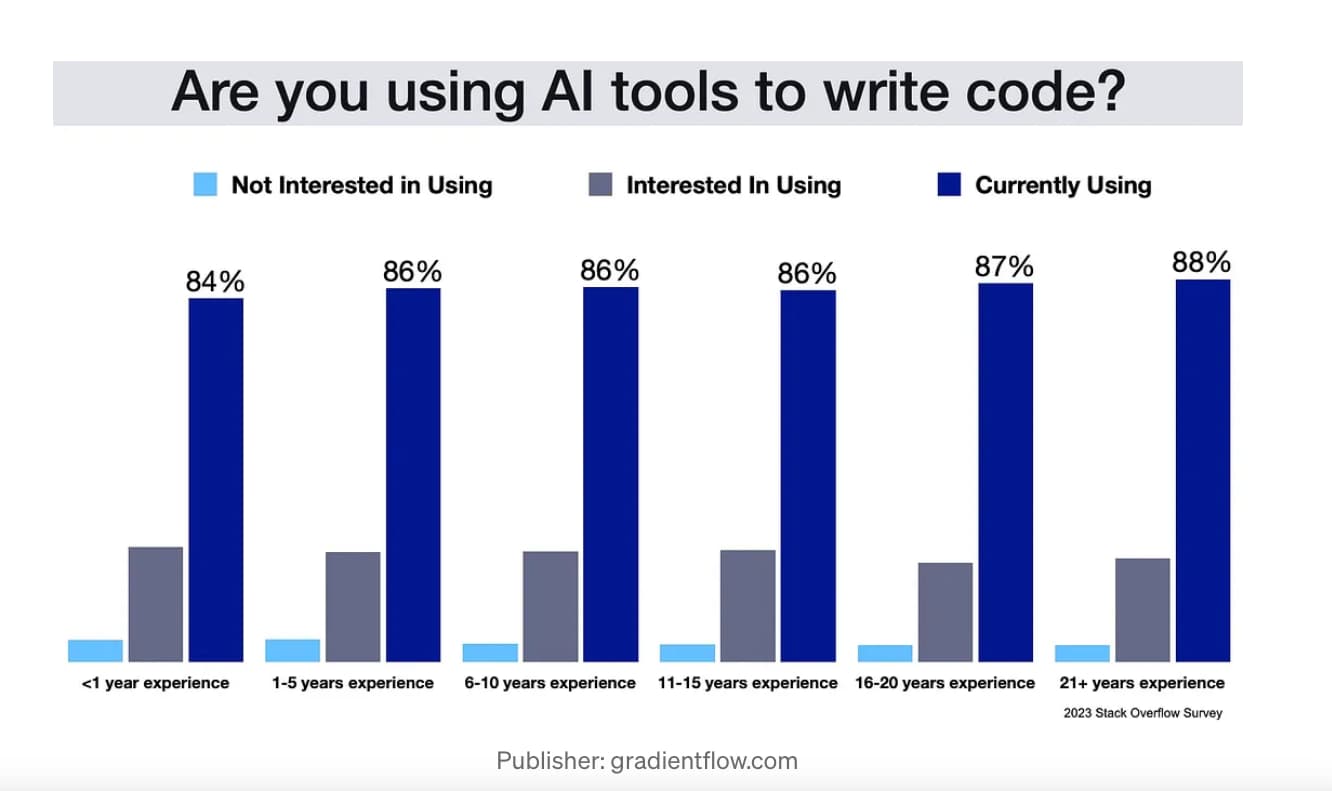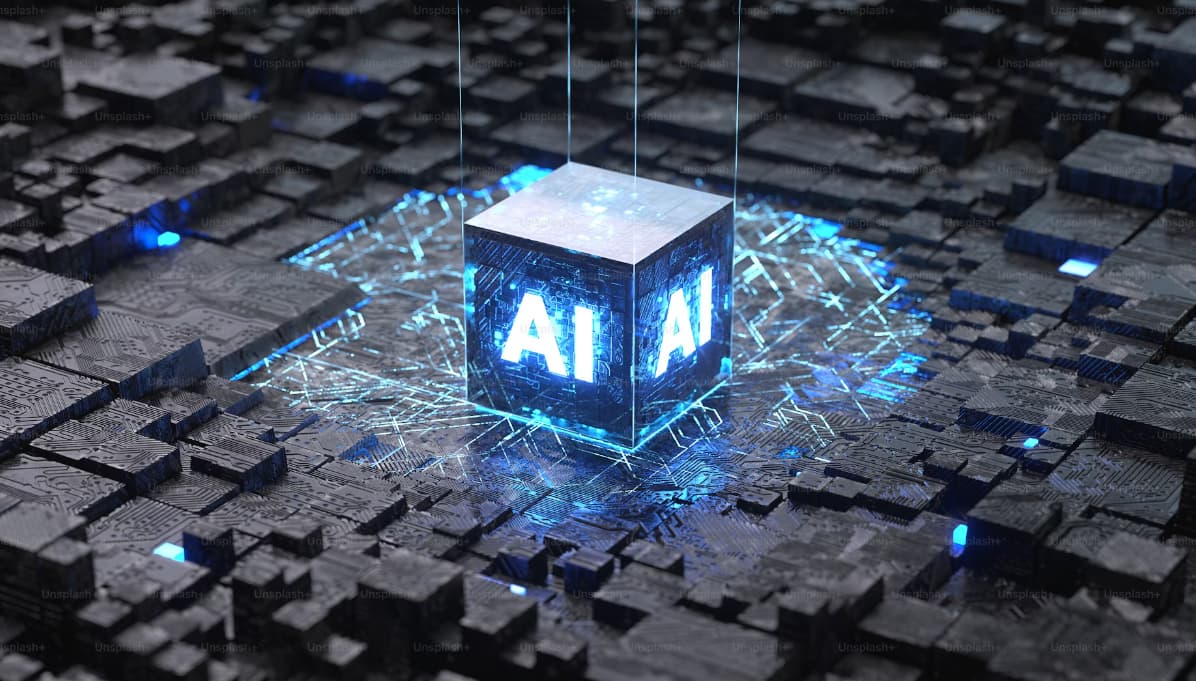The integration of Large Language Models (LLMs) into daily work routines has transformed how professionals approach routine tasks. Like many developers, I initially saw ChatGPT as just another fancy chatbot. But after six months of daily use, I’ve discovered that LLMs are far more than writing assistants—they’ve become indispensable partners in my development process.
I’ve transformed my daily workflow using these AI tools, and trust me, it goes way beyond just generating code snippets.
Learning To Use AI As Your Copilot
It took me a while to find the right rhythm with AI tools. The breakthrough came when I stopped treating them like magical code generators and started seeing them as pair programming partners.
In my experience, they’re like that brilliant colleague who’s always ready to brainstorm, but who also knows when to step back and let you take the lead. Their real power isn’t in writing code—it’s in helping us to think through problems in ways we haven’t considered.
Smarter Daily Planning With AI
An AI planning session can transform your entire work day. Recent productivity studies show that structured morning planning can increase daily output by up to 25%, and LLMs excel at this kind of structured thinking.
Start with a quick 10-minute conversation about your tasks and priorities. AI can spot potential bottlenecks and suggest task sequences that might not be immediately obvious to us when we’re in the thick of project work.
Supercharging Documentation, Communication
Technical writing and documentation typically consume 20-30% of a developer’s workday. While LLMs won’t write perfect documentation for you (and honestly, you wouldn’t want them to), they’ve revolutionized how we approach this essential task.
In our development team, we’ve developed a two-stage process: first drafting the technical details ourselves, then using AI to enhance clarity and spot gaps in our explanations. This approach has cut our documentation time nearly in half while maintaining accuracy.
Here are the most effective writing-related applications:
-
Draft and refine email responses for different audience types.
-
Generate multiple variations of important messages to find the right tone.
-
Restructure technical content for different audience levels.
-
Polish and proofread writing with detailed feedback.
-
Translate complex ideas into clear, accessible language.
Breaking Down Complex Development Challenges
Developers face difficult coding challenges every day, and this is where LLMs shine as thinking partners. Recent studies show that rubber-duck debugging improves problem-solving by 25% - and we’re finding AI-assisted debugging takes this even further.
Our team regularly uses LLMs to decompose complex issues into testable components. When we hit a particularly-difficult React state management problem last month, breaking it down with an LLM revealed three edge cases we hadn’t considered.
The key lies in sharing context as clearly as possible—the more specific we are about our tech stack and constraints, the more valuable the AI’s insights become.
Maximizing Code Quality, Efficiency
Let’s talk real-world application.
While 73% of developers now use AI in their workflow, the biggest gains come from using it as a code review partner rather than just a code generator. Our team integrates LLMs into our development process in several key ways:
-
Running initial code reviews to catch common patterns and potential optimizations.
-
Analyzing complex functions for performance bottlenecks (catching an average of 3-4 significant issues per review).
-
Generating comprehensive test cases that cover edge scenarios.
-
Refactoring legacy code while maintaining functionality.
Many developers are already using AI to help them write code. This Medium chart shows the percentage of them that are currently using it in their workflow compared to who isn’t.

The results speak for themselves: our code review cycles are 40% faster, and our test coverage has improved by 25%. These aren’t just numbers - they translate directly into more reliable products and happier clients.
Best Practices For LLM Integration
The most successful LLM users develop a consistent approach to working with these tools. Start with clear objectives for each interaction.
Be specific in your requests and provide relevant context. Also, review and validate the model’s suggestions rather than accepting them blindly.
Most importantly, use the model’s responses as a starting point for your own critical thinking rather than as final solutions.
Looking Into The AI Crystal Ball
As LLM technology continues to evolve, the opportunities for workflow optimization will only expand. The key to success lies in finding the right balance between AI assistance and human expertise. By thoughtfully integrating these tools into your daily routine, you can significantly enhance your productivity while maintaining the quality and authenticity of your work.
The goal isn’t to automate every aspect of your workflow, but rather to free up your time and mental energy for the creative and strategic thinking that truly drives success in your field.
Start small, experiment with different approaches, and gradually build a collaborative relationship with your AI assistant that enhances rather than replaces your unique professional capabilities.
Remember: LLMs exist to augment workflows, as our copilot. Not our replacement.
